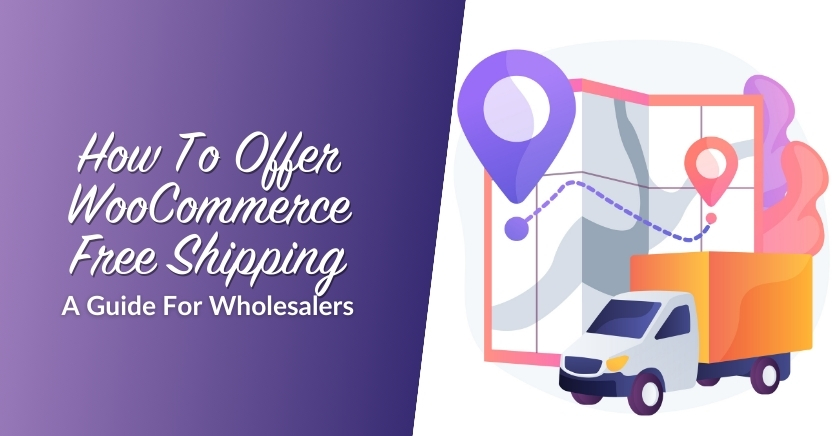How To Optimize Your Pricing Model Strategy To Grow Your Wholesale Business
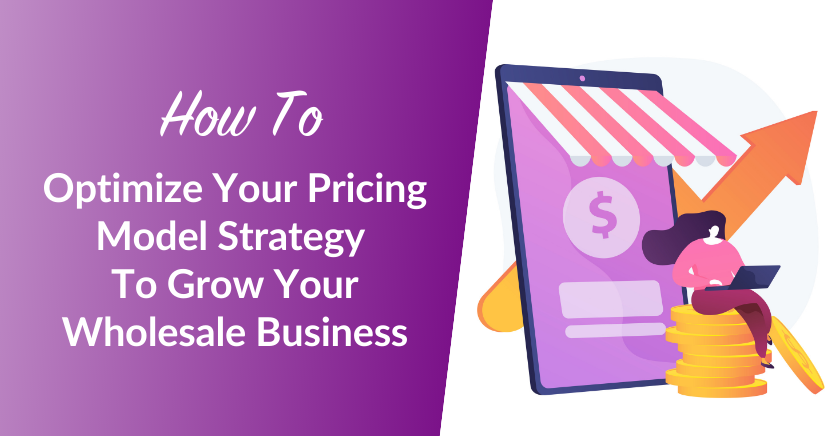

Perfecting your pricing model strategy is critical to running a successful wholesale business, yet many struggle to get it right. While wholesale customers often prefer lower prices, it can come at a cost to your brand. On the flip side, setting prices too high might turn away potential buyers.
Pricing requires a delicate balance to ensure you keep your customers satisfied while maximizing revenue and protecting your brand image. This is where price optimization comes into play.
In this guide, we’ll simplify things and give you practical insights to adjust your pricing strategy for the best results.
So, let’s dive in!
What Is Price Optimization?
Price optimization is the process of finding the right price for your products to maximize revenue and customer satisfaction. It entails analyzing several factors, including customer data, market trends, and your industry’s competitive landscape. With this information in hand, you can strategically position your products’ prices to capture your market’s attention and drive sales.
It’s also worth noting that price optimization isn’t a one-time effort. As market conditions and customer preferences evolve, you’ll need to adjust your pricing model strategy to ensure your business remains competitive.
How To Optimize Your Pricing Model Strategy: 6 Key Tips
A well-implemented pricing model strategy can help your business build stronger customer relationships and gain a competitive advantage. However, the process requires strategic planning, analysis, and continuous refinement.
In this section, we break down actionable tips you can take to optimize your pricing model strategy and make your prices work better for your business.
1. Understand your costs
Before setting your prices, it’s crucial to have a clear understanding of your costs, especially if you cater to wholesale customers. Since wholesale transactions involve larger quantities, even a small discrepancy between your costs and prices can greatly impact your profit margins.
When calculating your costs, consider direct expenses like production and shipping and overhead costs such as rent, utilities, and administrative expenses. Factoring in all these elements ensures that your wholesale prices accurately reflect the actual cost of bringing your products to market. With this knowledge, you’ll have a solid base to set prices that aim for profit.
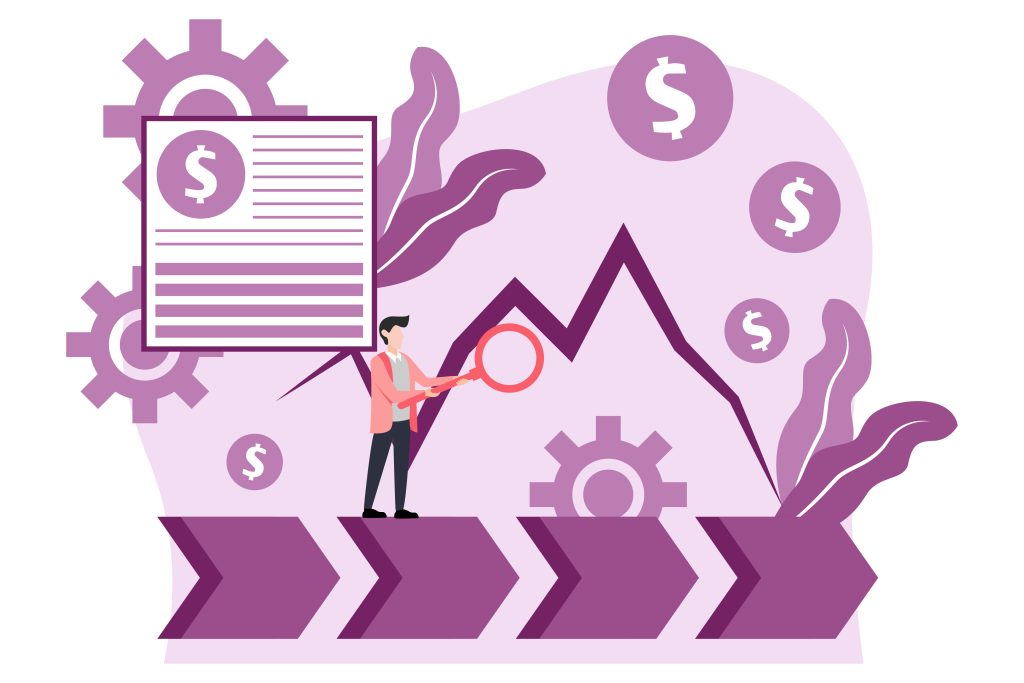
However, keep in mind that these factors can change. For instance, take note of any shifts in raw material prices or operational expenses. Keeping tabs will ensure you can adjust your pricing model strategy effectively.
2. Know your market
Your pricing model strategy should align with the preferences and behavior of your customers. This means knowing what your customers value and what drives them to make purchasing decisions.
Start by analyzing the data you already have. For example, you can analyze past sales data to check which products are most sought-after and when customers tend to make their purchases.
Likewise, you can directly engage with wholesale customers by conducting surveys and gathering feedback. This information can shed light on their spending threshold and what influences their choices.
By knowing your customers, you arm yourself with the information to set prices that resonate with them, increasing the chances of making a sale.
3. Dive into market data
Market data includes crucial aspects such as competitor information and market trends. This information offers valuable insights that can steer your pricing decisions.
To tap into these insights, start by researching your competitor’s pricing strategies and product offerings. Additionally, monitor industry reports and publications to keep abreast of industry news. By staying informed, you equip yourself with a clearer picture of the landscape you’re navigating.
Learning about your competitor’s pricing strategies informs how your current offerings stack up against theirs. This can guide you in positioning your offerings more effectively, whether it’s by creating better deals or highlighting your products’ unique features.

On the other hand, industry trends provide you with an idea of what’s currently shaping customer preferences and help you spot emerging market opportunities. For example, if more customers are showing interest in eco-friendly alternatives, you can tweak your pricing strategy to highlight the environmental benefits of your offerings. This aligns your prices with what your customers value, giving them more reasons to choose you over competitors.
By diving into market data, you transform your pricing from guesswork into strategic decision-making. It allows you to align your pricing strategies to the realities of your industry and enables you to react swiftly. Thus, you can make timely decisions to maintain your competitiveness.
4. Consider creating pricing tiers
Creating pricing tiers is a strategic move that entails offering products at various price levels to accommodate different customer segments. When creating pricing levels, begin by segmenting customers based on factors like order volume, order frequency, or customer type. Then, you can tailor your pricing tiers to match their spending patterns or preferences.

Wholesale businesses can tailor their pricing for their customers by using tools like Wholesale Prices Premium. Through this plugin, you can seamlessly create different customer roles and provide exclusive pricing to different customer levels.
For example, you can create a VIP wholesale customer with access to premium pricing for your most valued clients. At the same time, you can offer bigger bulk pricing discounts to customers who consistently place large orders.
By offering tailored pricing tiers, you increase your chances of satisfying different customer segments, leading to increased customer loyalty in the long run.
5. A/B test prices
A/B testing can give you valuable insights into how even slight price adjustments can impact your wholesale margins. This method entails comparing two different price points for the same product to determine which yields better outcomes.
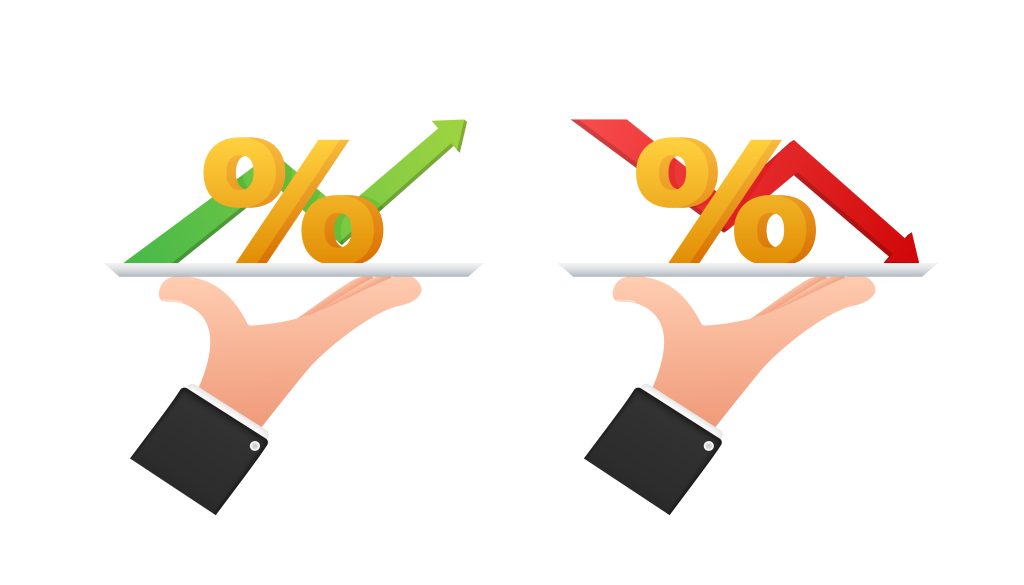
Let’s say you run a wholesale business that supplies electronic components to retailers and are unsure whether an increase in the price of a component will affect your customers’ purchase behavior. Follow the steps below to adapt A/B testing to your wholesale business:
- Define price points: Select the product you’re considering for a price adjustment (let’s call it Component X) and set two distinct prices: one slightly higher than the current price, then one that remains unchanged.
- Select comparable groups: Select a portion of your customers and segment them into two groups: A and B. Ensure that these groups are similar in terms of order history, order frequency, and preferences.
- Implement the test: Introduce the price adjustment for Component X to Group A while keeping the price the same for Group B.
- Monitor and analyze: Over a set period, monitor the product’s sales performance in both groups. Pay attention to metrics like order count, conversions, and overall revenue.
Suppose you observe that Group A, while facing a slightly higher price, shows little change in order volume while contributing higher revenue due to the price increase. This insight can then inform your pricing decision. If the price adjustment enhances revenue without adversely affecting order volume, it may be worth adopting.
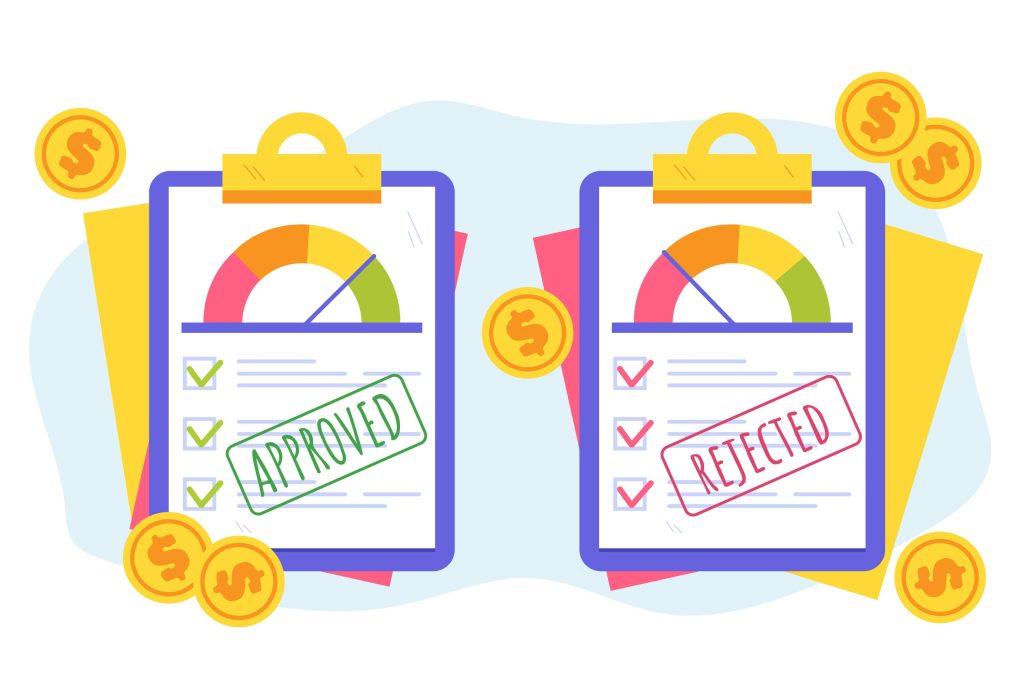
Considerations before A/B testing
Before considering A/B testing, take into account the nature of your wholesale transactions. For example, if your transactions involve long-term contracts, agreements, or complex pricing structures, A/B testing results may not provide a complete picture of the impact of pricing changes. Alternative strategies include:
- Conducting segmented surveys: Conduct surveys targeted at specific customer segments to gauge their pricing preferences and willingness to pay.
- Making gradual price adjustments: Instead of sudden price changes, consider gradually introducing price adjustments to observe customer reactions over time.
6. Monitor and refine your pricing model strategy
Staying open to pricing adjustments is key to remaining competitive in the dynamic wholesale landscape. Your pricing approach should be adaptable and flexible, ready to respond to shifts in customer behavior, market conditions, and industry trends.
To maintain pricing relevance, schedule regular reviews of your pricing model strategy. Quarterly or semi-annual evaluations can help you stay ahead of any emerging trends or challenges. During these reviews, analyze how your products are performing, consider any feedback you’ve received, and weigh it against the current market landscape.
Conclusion
Implementing an effective pricing model strategy is key to navigating the competitive landscape of wholesaling. However, balancing competitive pricing while ensuring sustainable margins requires careful planning and strategizing. To enhance your pricing strategy, consider these actionable tips we’ve outlined in this guide:
- Understand your costs
- Know your market
- Dive into market insights
- Consider offering different pricing tiers
- Adopt A/B testing
- Monitor and refine continuously
By embracing these actionable tips, you can empower your business to make informed pricing decision that maintains your competitive advantage in a dynamic market.
Which strategies do you find the most helpful to apply to your wholesale business? Share your thoughts and questions in the comments below!
The post How To Optimize Your Pricing Model Strategy To Grow Your Wholesale Business appeared first on Wholesale Suite.











